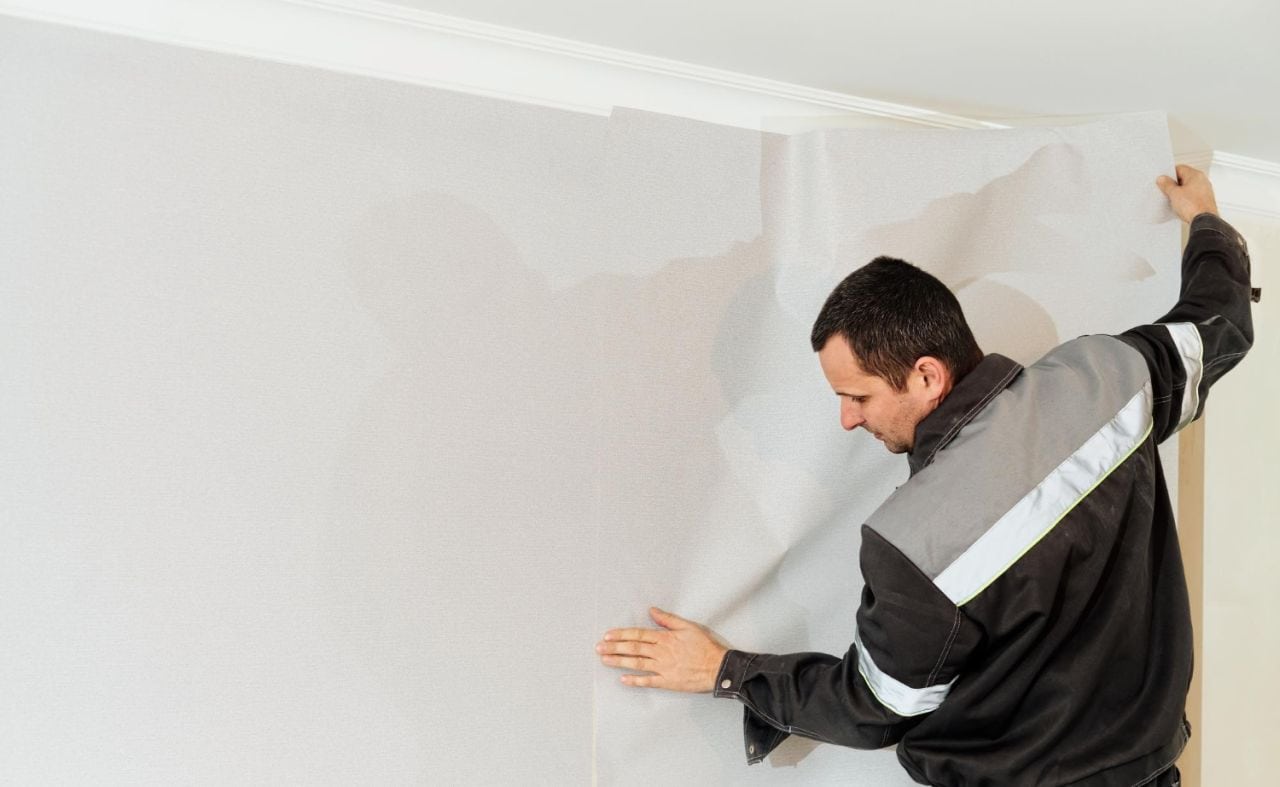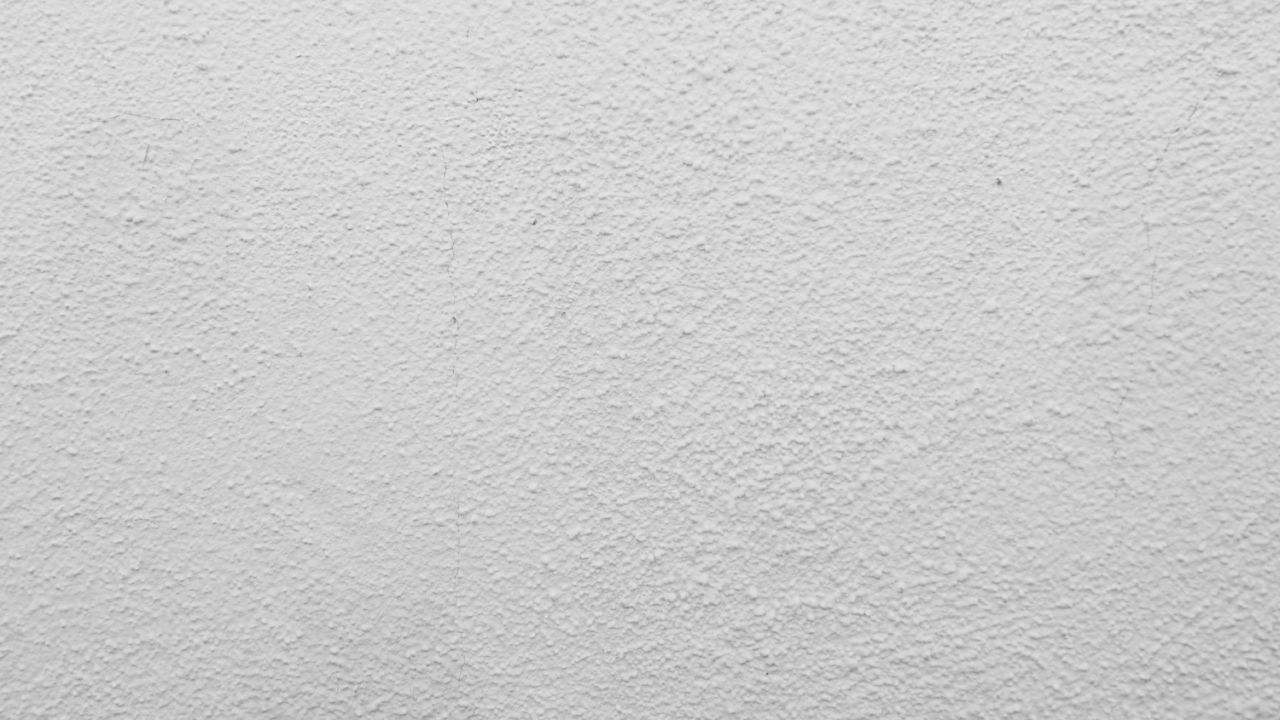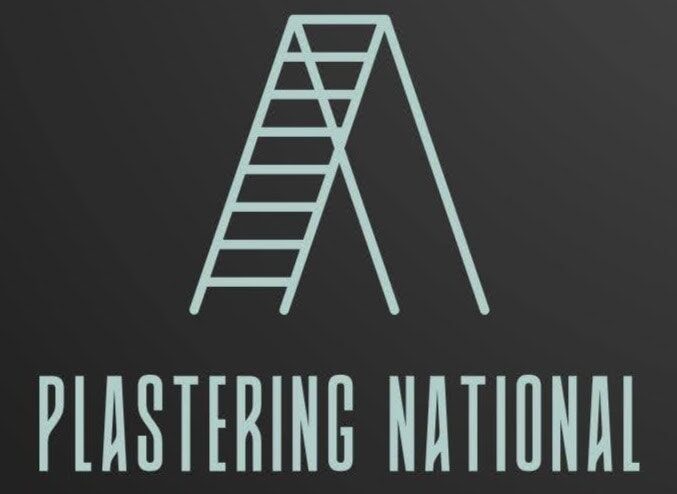Venetian plaster has grown popular thanks to its rich texture and luxurious look. While Venetian and regular plaster are durable wall finishes, they differ significantly in composition, application, and final appearance.
This article will examine these differences to help you choose the best option for your next project.
Let’s get straight to the point.
Venetian plaster and regular plaster differ in composition, application, and appearance. Venetian plaster is made from lime putty and marble dust, resulting in a glossy, textured finish, while regular plaster uses gypsum or lime for a flat, matte surface.
Venetian plaster requires multiple layers and skilled application, making it more expensive, durable, and water-resistant. It is suitable for high-moisture areas.
Regular plaster is cheaper and easier to apply but less durable and more prone to damage.
Venetian plaster offers a long-lasting, elegant look, while regular plaster is a more practical choice for simpler, budget-friendly projects.
What Is Venetian Plaster?

Venetian plaster, or “stucco Veneziano,” is a wall finish from lime putty mixed with finely ground marble dust. It’s often used as a more affordable alternative to marble, offering a similar shine and texture when polished.
The lime-based formula makes it hypoallergenic and resistant to mould and mildew, contributing to its widespread use in interiors.
Composition Of Venetian Plaster
- Lime Putty is the base ingredient known for its durability and breathability.
- Marble Dust: Adds to the texture and reflective qualities of the plaster.
- Optional Acrylic Resins: Sometimes added to improve the plaster’s flexibility and shine.
This combination results in a unique material that, when applied correctly, mimics the appearance of polished stone or marble.
What Is Regular Plaster?
Regular plaster, also called plaster of Paris or gypsum plaster, is commonly used for wall and ceiling finishes. It’s made from gypsum, lime, or cement mixed with water to create a paste that hardens when dried.
It’s a versatile material suitable for various surfaces, often used as a base layer for paint or wallpaper.
Composition Of Regular Plaster
- Gypsum: The most common base material, known for its smooth texture.
- Lime or Cement: Sometimes used to enhance durability.
- Water: Mixed with the dry components to form a paste that can be applied to surfaces.
Unlike Venetian plaster, regular plaster tends to have a matte, flat finish once it’s dry.
Differences In Application Techniques
The method of applying Venetian plaster is more intricate than that of regular plaster, requiring multiple layers and specific techniques.
Application Of Venetian Plaster
- Preparation: The surface must be clean and smooth before starting.
- Layering: Venetian plaster is applied in thin layers using a trowel, with each coat adding depth to the texture.
- Burnishing: After the final coat dries, it is polished with a smooth tool to achieve a glossy, mirror-like finish.
The application process is considered an art form, often requiring the plasterer to use various strokes and angles to create distinct patterns.
Application Of Regular Plaster
- Single Coat: Regular plaster is typically applied in a single, even layer.
- Smoothing: The surface is then smoothed out with a trowel to achieve a flat finish.
- Finishing Touches: The plaster can be sanded and prepared for painting or wallpapering.
This straightforward approach makes regular plaster easier to apply and is suitable for DIY enthusiasts and home renovators.
Visual Appeal And Finishing Styles
Venetian plaster’s finish stands out due to its glossy, textured look, whereas regular plaster has a simpler, matte appearance.
Venetian Plaster Finish
- Glossy and Reflective: The burnished layers create a deep, lustrous surface.
- Versatile Textures: Different application techniques can produce varied patterns, from smooth to highly textured.
Regular Plaster Finish
- Matte and Flat: The final result is a smooth surface ready for painting or wallpaper.
- Limited Textures: Regular plaster offers a different detail or texture variety than Venetian plaster.
While Venetian plaster is well-suited to modern, high-end interiors, regular plaster fits more traditional or functional settings.
Durability And Maintenance
Durability is key when choosing between Venetian and regular plaster, as their longevity can differ significantly.
Durability Of Venetian Plaster
- Long-lasting: Known for its strength and resistance to damage.
- Water-resistant: Ideal for use in areas prone to moisture, such as kitchens and bathrooms.
- Ages Gracefully: Develops a patina over time, enhancing its visual appeal.
Durability Of Regular Plaster
- Prone to Cracks: More susceptible to damage in high-traffic areas.
- Water-sensitive: Can absorb moisture, leading to possible mould growth.
- Frequent Maintenance: Often needs repairs or repainting to maintain its appearance.
Despite its higher initial investment, Venetian plaster’s durability makes it a cost-effective choice in the long run.
Cost Comparison
The cost of Venetian plaster and regular plaster can vary, but it is generally more expensive due to its materials and labour-intensive application.
Cost Of Venetian Plaster
- Material Costs: Prices range from $10 to $20 per square foot.
- Labour: The application requires skilled professionals, increasing the overall expense.
Cost Of Regular Plaster
- Material Costs: Typically between $2 to $4 per square foot.
- Labour: Easier to apply, which lowers installation costs.
Although Venetian plaster costs more upfront, its durability and low maintenance may reduce expenses over time.
Authenticity And Availability

The authenticity of Venetian plaster relies heavily on traditional techniques and high-quality materials, which can be hard to find outside specialist markets.
Authentic Venetian Plaster
- Handcrafted: Often made by artisans using recipes passed down through generations.
- Material Quality: Genuine lime and marble dust create a superior finish.
Regular Plaster Availability
- Widely Accessible: Available in most hardware and home improvement stores.
- Standard Ingredients: Made with easily sourced gypsum or lime, making it more affordable.
Authentic Venetian plaster may be challenging to source, but its unique quality makes it worth seeking for the best possible finish.
Historical Background Of Venetian Plaster
Venetian plaster’s origins date back to ancient Rome, where it was used as a decorative material in palaces and other grand structures. During the Renaissance, it gained widespread popularity and symbolised elegance in architecture.
Modern Use
- Synthetic Variations: Modern versions include acrylic-based plasters, expanding their use in diverse environments.
- Broader Applications: Suitable for both residential and commercial projects, thanks to its versatile finish.
Pros And Cons Summary
Pros Of Venetian Plaster
- Durable and long-lasting
- Water-resistant and suitable for moist areas
- Visually stunning with versatile finishes
Cons Of Venetian Plaster
- Higher cost
- Requires skilled application
- Difficult to source authentic materials
Pros Of Regular Plaster
- Affordable and accessible
- Easy to apply
- Suitable for basic finishing needs
Cons Of Regular Plaster
- Less durable
- Prone to water damage
- Limited aesthetic appeal
Conclusion
When deciding between Venetian and regular plaster, consider budget, application skills, desired finish, and maintenance needs.
With its high-quality materials and unique finish, Venetian plaster offers a long-lasting, elegant appearance that can transform any interior.
Regular plaster, while more affordable and easier to apply, needs a different level of detail and durability.
Investing in Venetian plaster could be well worth it if you’re looking for a classic, sophisticated look that will stand the test of time.
However, regular plaster remains reliable and cost-effective for simpler projects or tighter budgets.
Frequently Asked Questions About Venetian Plasterer
What is special about Venetian plaster?
Plastering in the Venetian style (also known as Italian plastering) involves creating a marble-like finish on a surface. The natural look and the illusion of texture and patterns offered by Venetian plaster contribute to its classy and elegant appearance.
Can Venetian plaster be used in wet areas like bathrooms?
Venetian plaster is suitable for use in humid environments, such as bathrooms. However, a protective sealer should be applied to avoid water damage and discoloration.
Is Venetian plaster easy to apply?
It takes more than just a few YouTube videos to learn how to apply Venetian plaster like a pro. To get the best results from Venetian plaster, it’s best to hire a professional.
How long does Venetian plaster last?
Providing it is applied and maintained properly, Venetian plaster can last for many years. It is a durable material for interior finishes because it does not easily crack, chip, or fade.
Can Venetian plaster be tinted to different colors?
Venetian plaster can be coloured and textured in a wide variety of ways. When mixing the plaster, pigments can be added to change the colour. It’s worth keeping in mind that factors like application method and ambient lighting can affect how a colour turns out.
